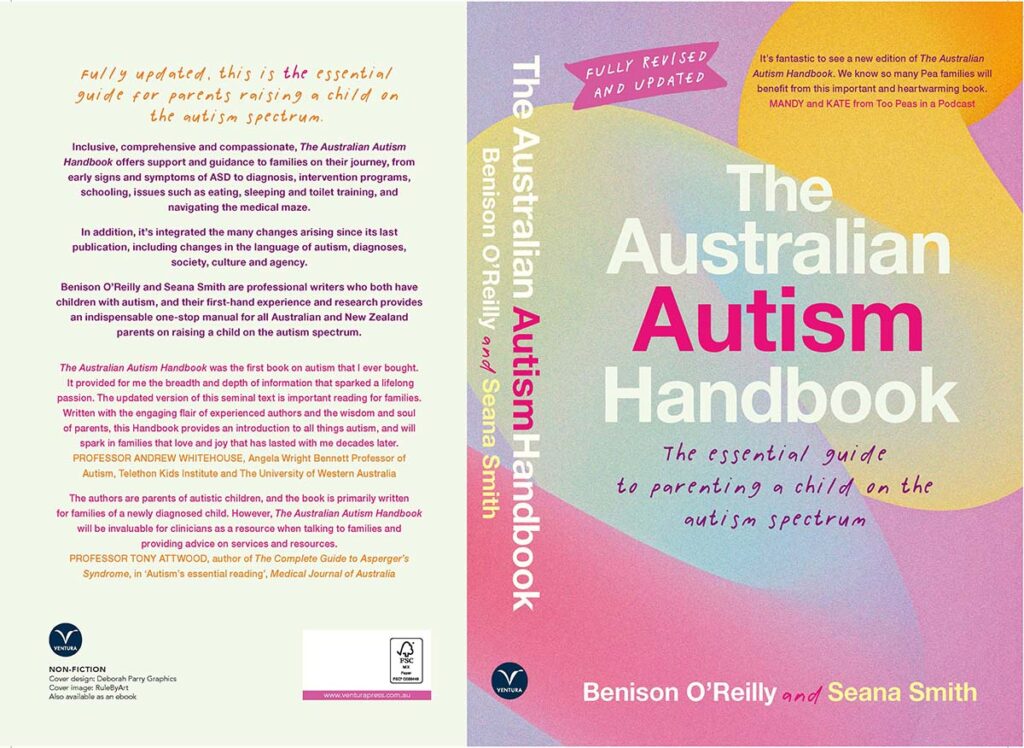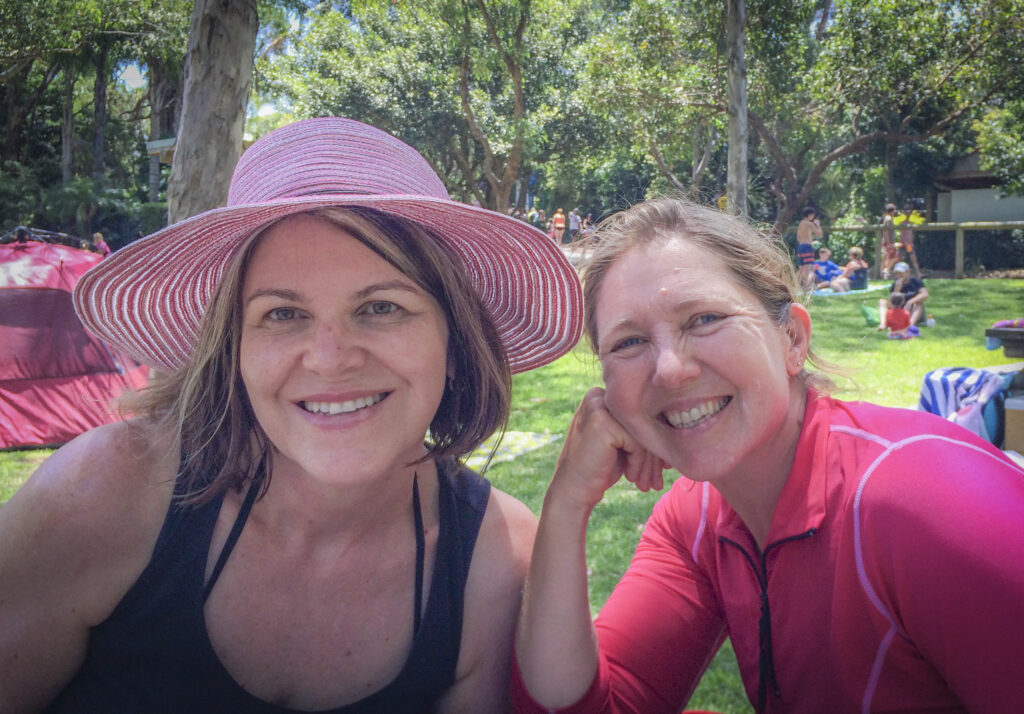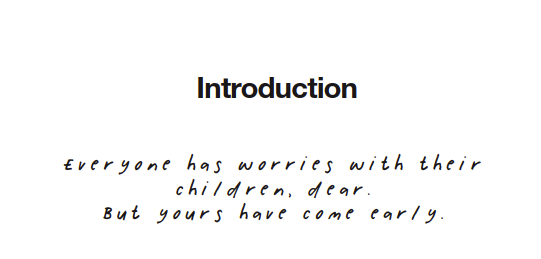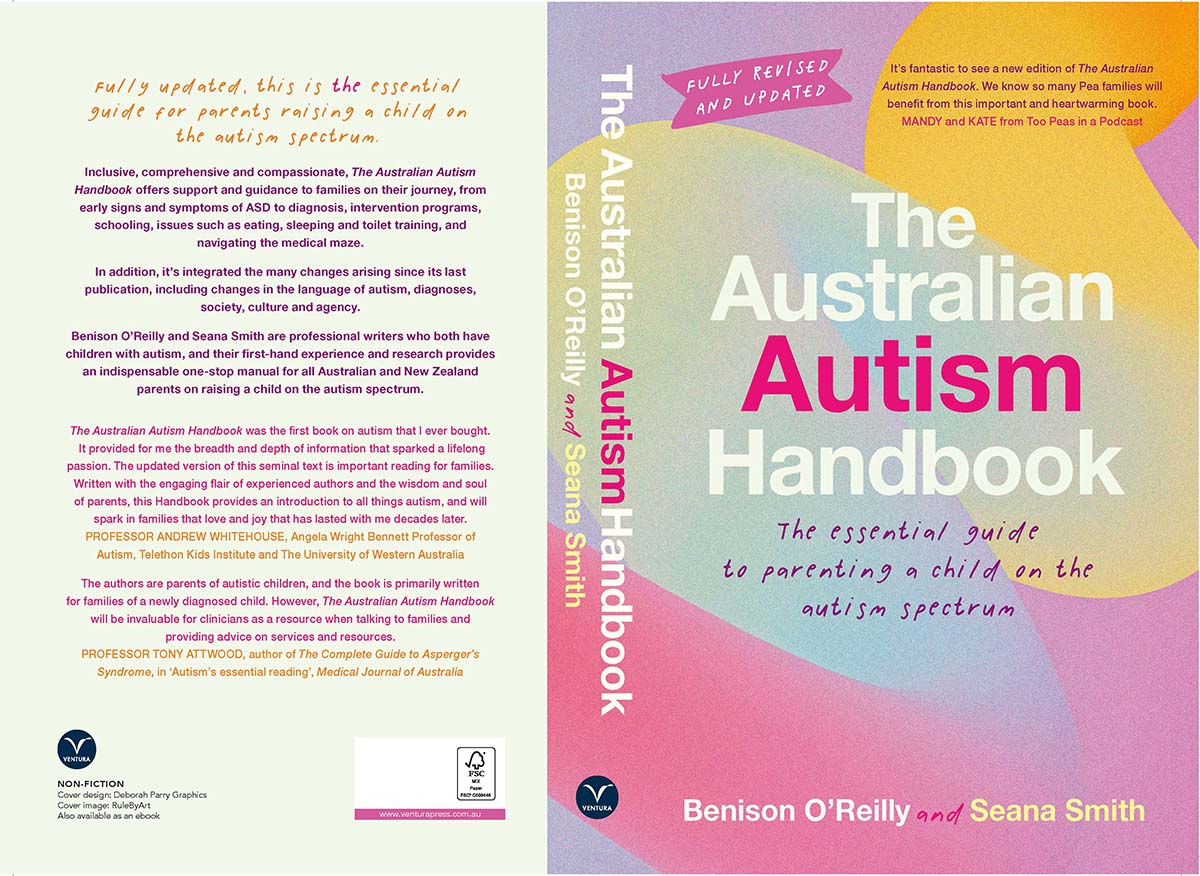THE AUSTRALIAN AUTISM HANDBOOK -the most trusted resource for families

AUSTRALIA’S BEST SELLING AUTISM HANDBOOK
A fully updated edition of the widely praised and most trusted Australian guide on how to raise a child on the autism spectrum.
What is new?
Benison O’Reilly and I co-wrote the first edition of this essential handbook back in 2007 when reliable parent-friendly information about autism was almost impossible to find. We had combined experience in journalism and science and research but also lived experience as mothers of young boys diagnosed with autism.
Now, our boys are fully grown men who are a living testament that a diagnosis of autism is not a grim end to happiness and that family life continues on a different path but with no less fulfilment and reward.

Ventura publisher Jane Curry, Benison and myself had witnessed the changes in attitudes to disability in society over the last few years. We realised that the Australian Autism Handbook needed to be revised and brought bang up to date for a new generation of Australian parents.
What has changed in this fourth edition of the Australian Autism Handbook?
- We’ve recognised that autism can look different in girls and women. The new edition has a chapter dedicated to girls.
- Neurodivergence is embraced by society and not hidden away. The 2023 edition includes many neurodiverse voices, including an entire chapter of advice from autistic adults.
- Language – in 2007 it was all ‘person first’ language, but neurodiverse people have now reclaimed the word ‘autistic’. The book makes sense of this evolution.
- Disability is rightly seen as difference and is not ‘less than’. Witness the success of “Two Peas in a Podcast “embracing neurodivergent family life in all its glory. (The ‘Peas’ have given us our cover quote).
- “High functioning” and “Asperger’s” and many others are outdated terms (In fact Asperger has been outed as a Nazi sympathiser: https://www.nature.com/articles/d41586-018-05112-1)
- The emergence of the NDIS as a gamechanger for many Australian families.
- Cover design – Instagram arrived! Muted mood board colours in / primary colours out.
- Check out recent articles, radio interviews and podcasts about the Australian Autism Handbook.
About the Authors
- BENISON O’REILLY is a medical writer and pharmacist. Her freelance articles have been published in the Sydney Morning Herald and the Guardian. She lives in Berry with her GP husband and is mother to 3 grown sons, one of whom has autism.
- Scottish born SEANA SMITH was a successful TV producer before becoming co-author of The Australian Autism Handbook. She lives with her editor husband in Orange, has 4 children. Her eldest son lives with autism. Find her other published books here.

Buy The Book – Free Postage!
You can buy the book in all major bookshops, or buy online from me, Seana Smith – no postage charged!
Send me an email via the Contact page if you would like to order more than one copy. I can offer you discounts for volume sales.

Or click on the Paypal button below.
Australian Autism Handbook – Introduction
This is the full Introduction to the new edition

THESE WORDS, offered by a kind preschool teacher to Seana not long after her son’s diagnosis, opened the first edition of the Australian Autism Handbook, published way back in 2008. When we sat down to write that first edition, our boys were little chaps, only eleven and seven years old. Now they are great lumping lads in their twenties going about their lives fairly happily, if not always seamlessly.
Yet these words still resonate with us, as we hope they will for you. When we have children, they come with no guarantees. Both of us have other (non-autistic) children and there have been many times when they’ve caused us more sleepless nights than our boys on the autism spectrum. If anything, you may find having a child with autism makes you more unflappable, able to ride out the inevitable ups and downs of parenthood with a sense of perspective that might have eluded you if everything had been smooth sailing in the beginning.
Of course, that’s all ahead of you. If your child was only recently diagnosed, you may be feeling all at sea right now, sorry for yourself, and asking, ‘Why me? Why my child?’ That’s okay. These feelings will pass. Your life ahead may be different to the one you had planned but certainly not necessarily worse. Your child will continue to grow and learn, and you will likely find wonderful friends – possibly your new best friends – among other parents in the autism community. We hope that reading this book helps you in a small way, too.
Much has changed in the autism world since that first edition and most of these changes have been positive. For a start, in Australia, most families can get support for their child through the National Disability Insurance Scheme (NDIS). While no one is saying the scheme is perfect it’s definitely an improvement on twenty years ago, when support for families was largely non-existent and some almost bankrupted themselves to pay privately for interventions. We know more about the genetics of autism, how it manifests very early in life and looks different in girls. We have new diagnosis guidelines, along with major advances in evidence-based therapies, which you can read about in our Early Intervention and Supports chapter. Most important has been the inclusion of autistic people in the conversation, who’ve spoken up to tell us parents the best ways to help our children and politely (usually!) what we’ve been doing wrong. The first edition of this book had no autistic voices. This edition has many. We are especially proud of our new chapter, Advice from Autistic Adults (Chapter 7). Also, thrillingly, Ineka, Carina, Charlie and Darcy, whose parents wrote about them in earlier editions of the Handbook, are back to tell their stories in their own words.
The children who populated the pages of that first edition are, like our own boys, grown up now, so Seana took time to interview a new group of families for this edition. We thank them for their honesty and generosity and hope their stories make you feel less alone. We also thank our autistic contributors, and expert contributors and reviewers, who we will properly acknowledge in (appropriately) the Acknowledgments. But it’s important to note that this book is a collective work of goodwill.
The following words ended Benison’s introduction in the first edition and as they also remain timeless, are repeated here:
Watching our little fellow struggle and overcome all the challenges thrown his way has made him so much more precious in our eyes. We despair at his occasional setbacks and triumph at his successes. I expect you will find the same and will come to love your little person more than you could ever have imagined. Good luck on your journey.
Or buy using the Paypal button below.

